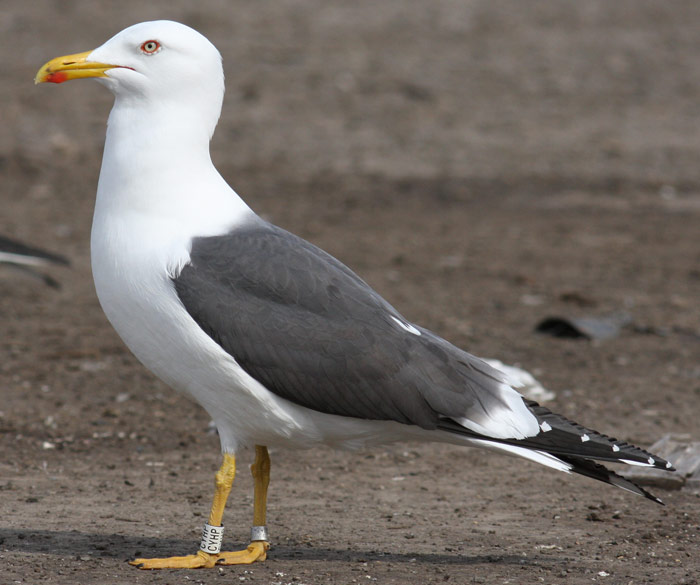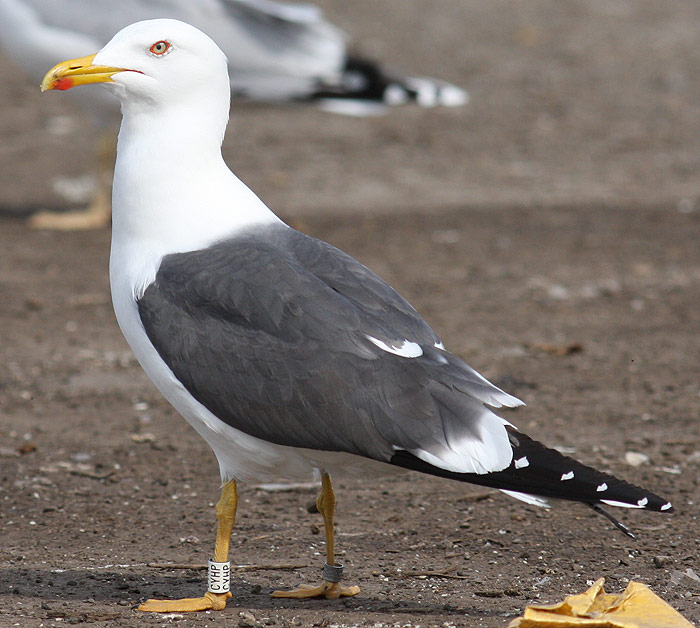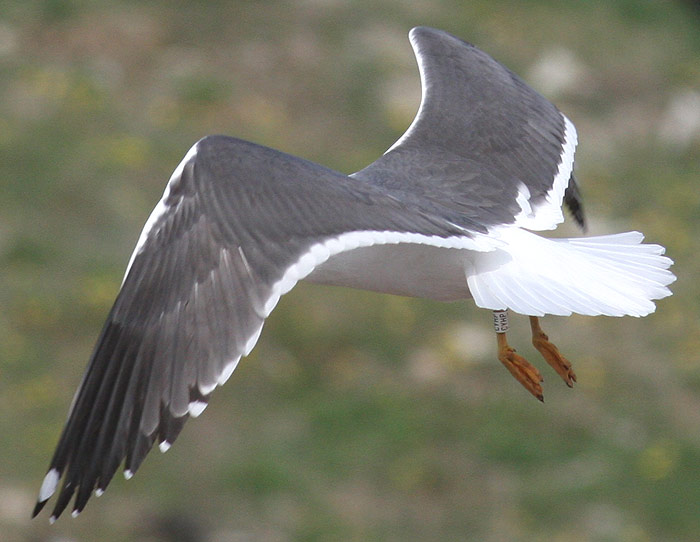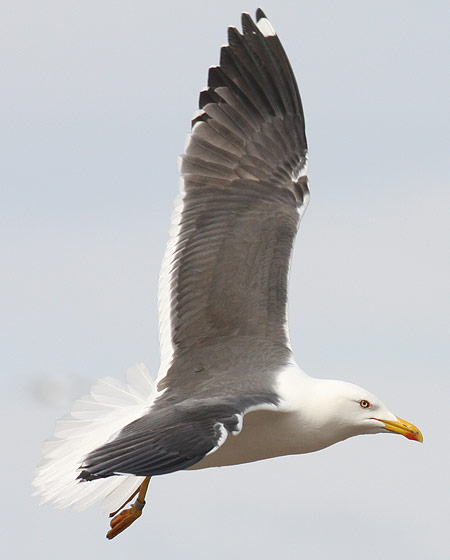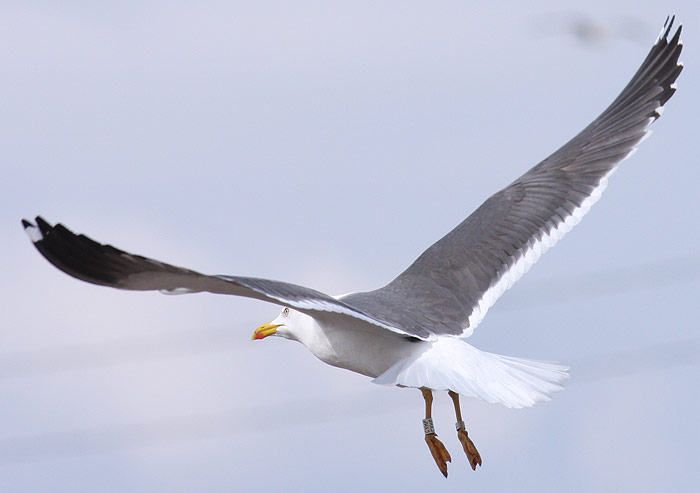 nominate Lesser Black-backed Gull (L. f. fuscus)
nominate Lesser Black-backed Gull (L. f. fuscus)
(last update:
Amir Ben Dov (Israel)
Hannu Koskinen (Finland)
Mars Muusse (the Netherlands)
fuscus 1cy July
fuscus 1cy Aug
fuscus 1cy Sept
fuscus 1cy Oct
fuscus 1cy Nov
fuscus 1cy Dec
fuscus 2cy Jan
fuscus 2cy Feb
fuscus 2cy March
fuscus 2cy April
fuscus 2cy May
fuscus 2cy June
fuscus 2cy July
fuscus 2cy Aug
fuscus 2cy Sept
fuscus 2cy Oct
fuscus 2cy Nov
fuscus 2cy Dec
fuscus 3cy Jan
fuscus 3cy Feb
fuscus 3cy March
fuscus 3cy April
fuscus 3cy May
fuscus 3cy June
fuscus 3cy July
fuscus 3cy August
fuscus 3cy Sept
fuscus 3cy October
fuscus 3cy Nov
fuscus 3cy Dec
fuscus 4cy Jan
fuscus 4cy Feb
fuscus 4cy March
fuscus 4cy April
fuscus 4cy May
fuscus 4cy June
fuscus 4cy July
fuscus 4cy Aug
fuscus 4cy Sept
fuscus 4cy Oct
fuscus 4cy Nov
fuscus 4cy Dec
fuscus ad Jan
fuscus ad Feb
fuscus ad March
fuscus ad April
fuscus ad May
fuscus ad June
fuscus ad July
fuscus ad Aug
fuscus unringed Aug
fuscus ad Sept
fuscus ad Oct
fuscus ad Nov
fuscus ad Dec
Larus fuscus fuscus 2cy-6cy CYHP, 2004, 2005, 2006 & 2008, Tampere, Finland (61.33N 24.59E). Pictures Hannu Koskinen & Visa Rauste.
This bird has been ringed in Finland, as pullus on June 26 2003 at Pälkäne, SW Finland.
CYHP has been a very slow moulting bird as 2cy. In many respects, the moult strategy and timing was very similar to birds from Western populations (graellsii / intermedius). See also HERE.
below: 2cy CYHP June 02 2004, Tampere, Finland (61.33N 24.59E). Picture Hannu Koskinen.
Superficially it resembles the western taxa, but upon arrival in Finland, CYHP had already replaced all visible wing coverts, the complete tail and many secondaries. Except for S1, all visible secondaries in the right wing in plate 6 appear to have been renewed; the left wing is not possible to judge properly. By mid-July, P5/6 has been dropped, P1-3 are fully grown and P4-5 are growing; such a small moult gap is regularly seen in fuscus. By that time, CYHP is also replacing scapulars and wing coverts to third generation feathers. The fresh third generation wing coverts show an internal pattern and a rather pale tone of grey, a unusual combination for fuscus.
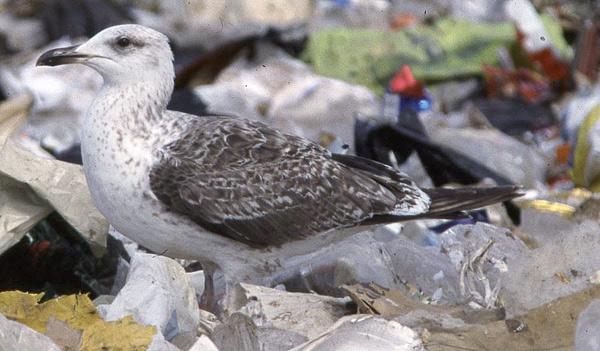
below: 2cy CYHP July 11 2004, Tampere, Finland (61.33N 24.59E). Picture Visa Rauste.
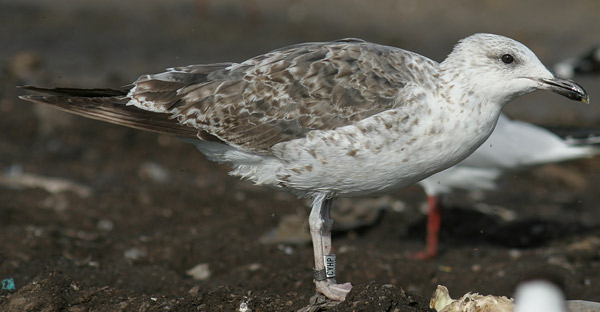

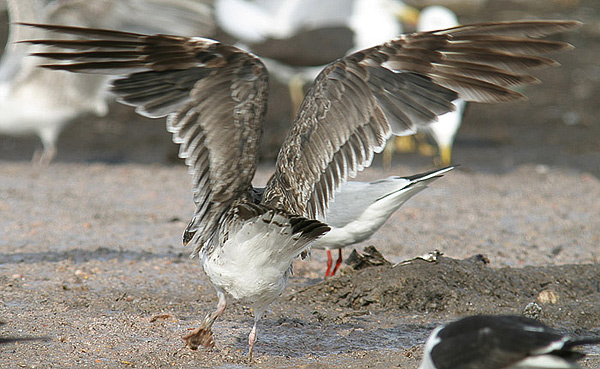
below: 2cy CYHP July 17 2004, Tampere, Finland (61.33N 24.59E). Picture Visa Rauste.

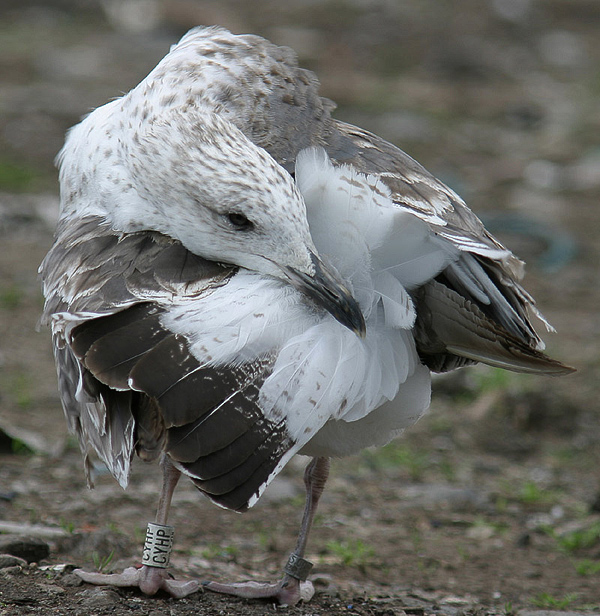
below: 3cy CYHP May 14 2005, Tampere, Finland (61.33N 24.59E). Picture Visa Rauste.
At a later age, the mantle and wing appeared to be much paler than the average fuscus. Birds such as CYHP are rare in Finland, but they occur. For now, it is unclear if CYHP simply demonstrates the variation within fuscus or if it represents the product of a hybrid pairing. In any case, the few birds like CYHP observed thus far do not resemble Heuglin's Gull in their second calendar year.
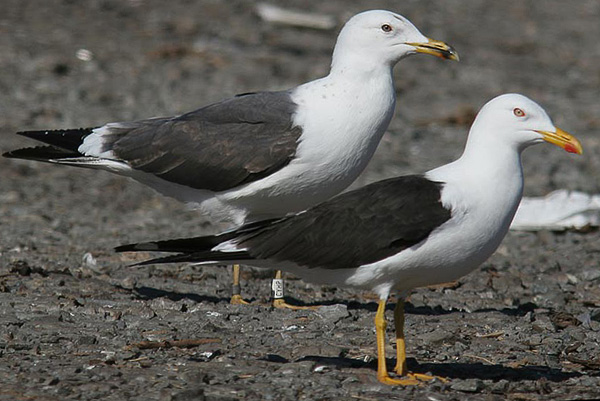
below: 4cy CYHP April 23 2006, Tampere, Finland (61.33N 24.59E). Picture Visa Rauste.

below: 6cy CYHP, May 08 2008, Tampere, Finland (61.33N 24.59E). Pictures Hannu Koskinen.
Now, in 2008, CYHP is in 6cy, and a very pale bird, compared to average nominate fuscus. This pale grey bird is in 6cy now. No sub-terminal black on P1-P3.
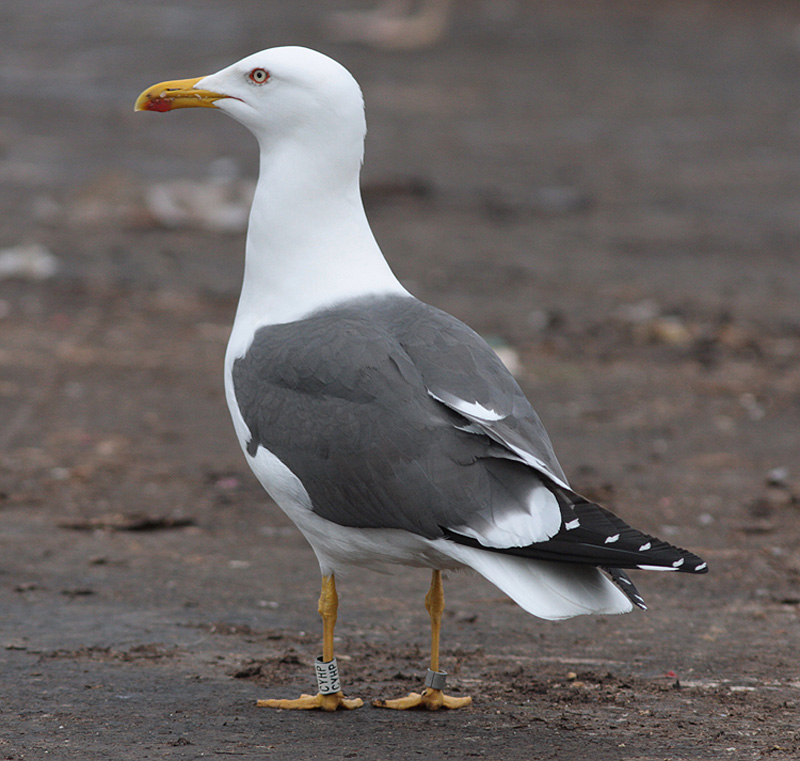

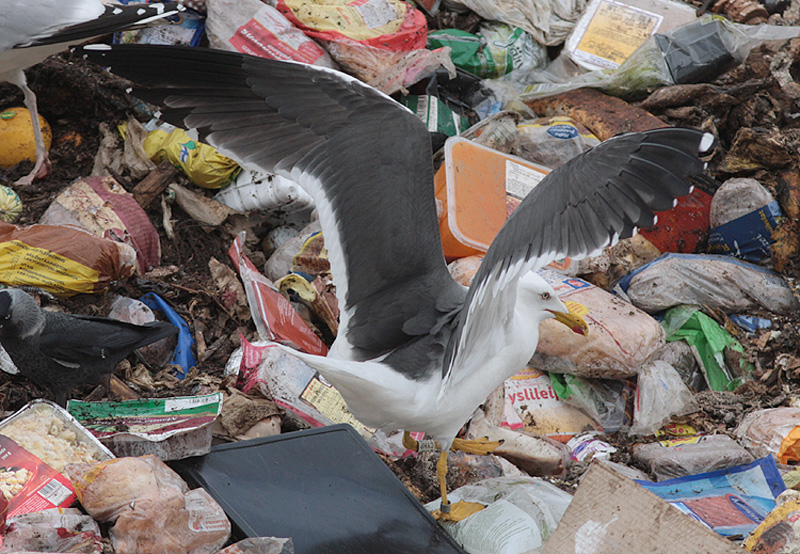
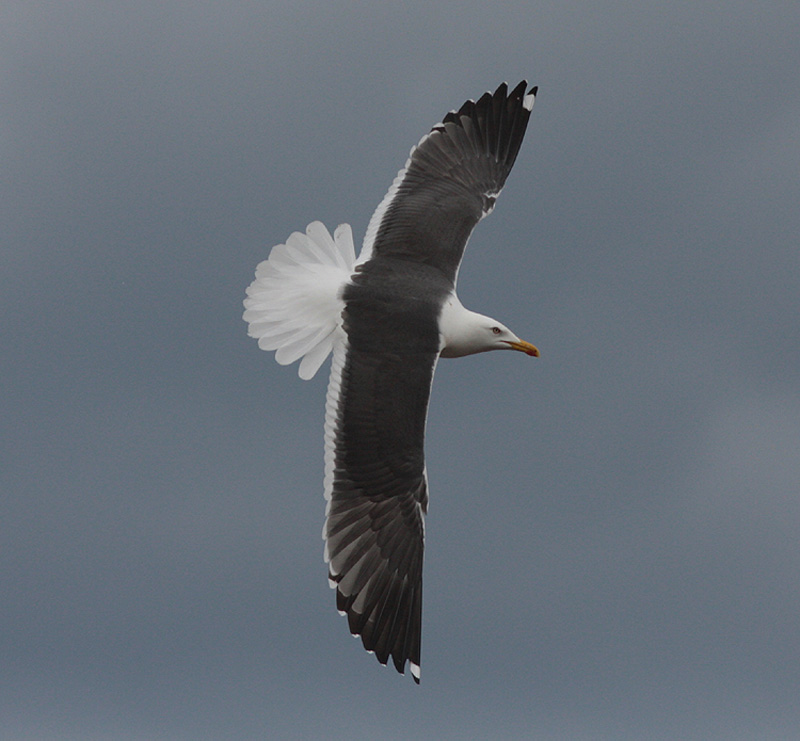
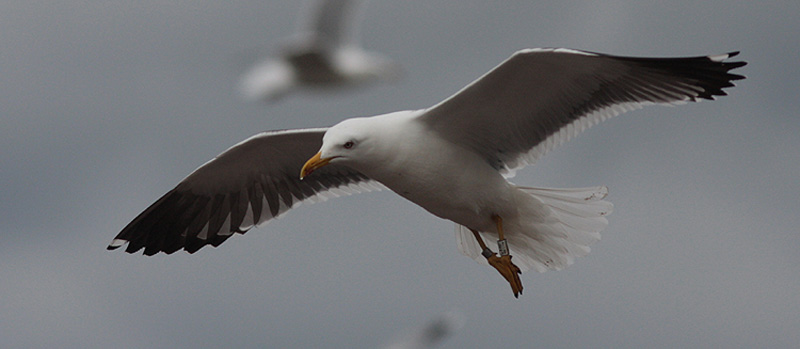
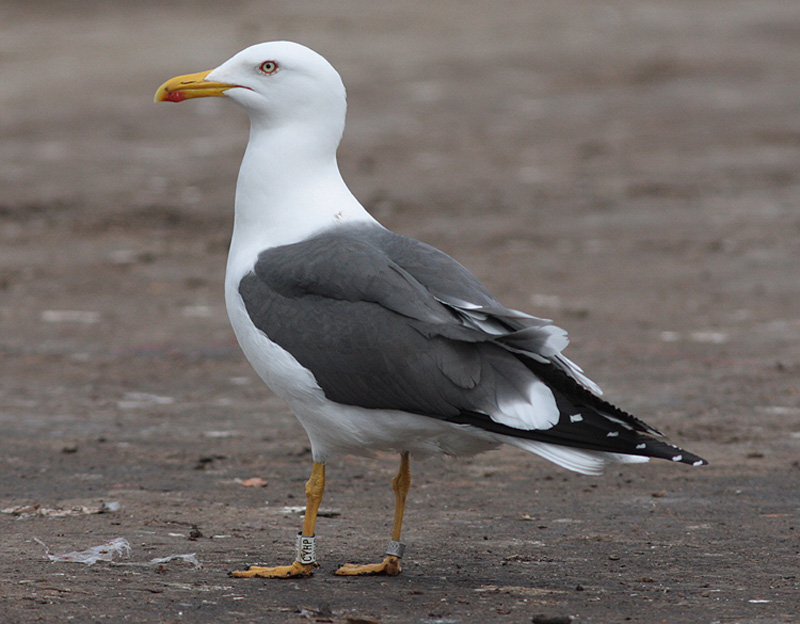
below: 6cy CYHP, May 01 2008, Tampere, Finland (61.33N 24.59E). Pictures Visa Rauste.
